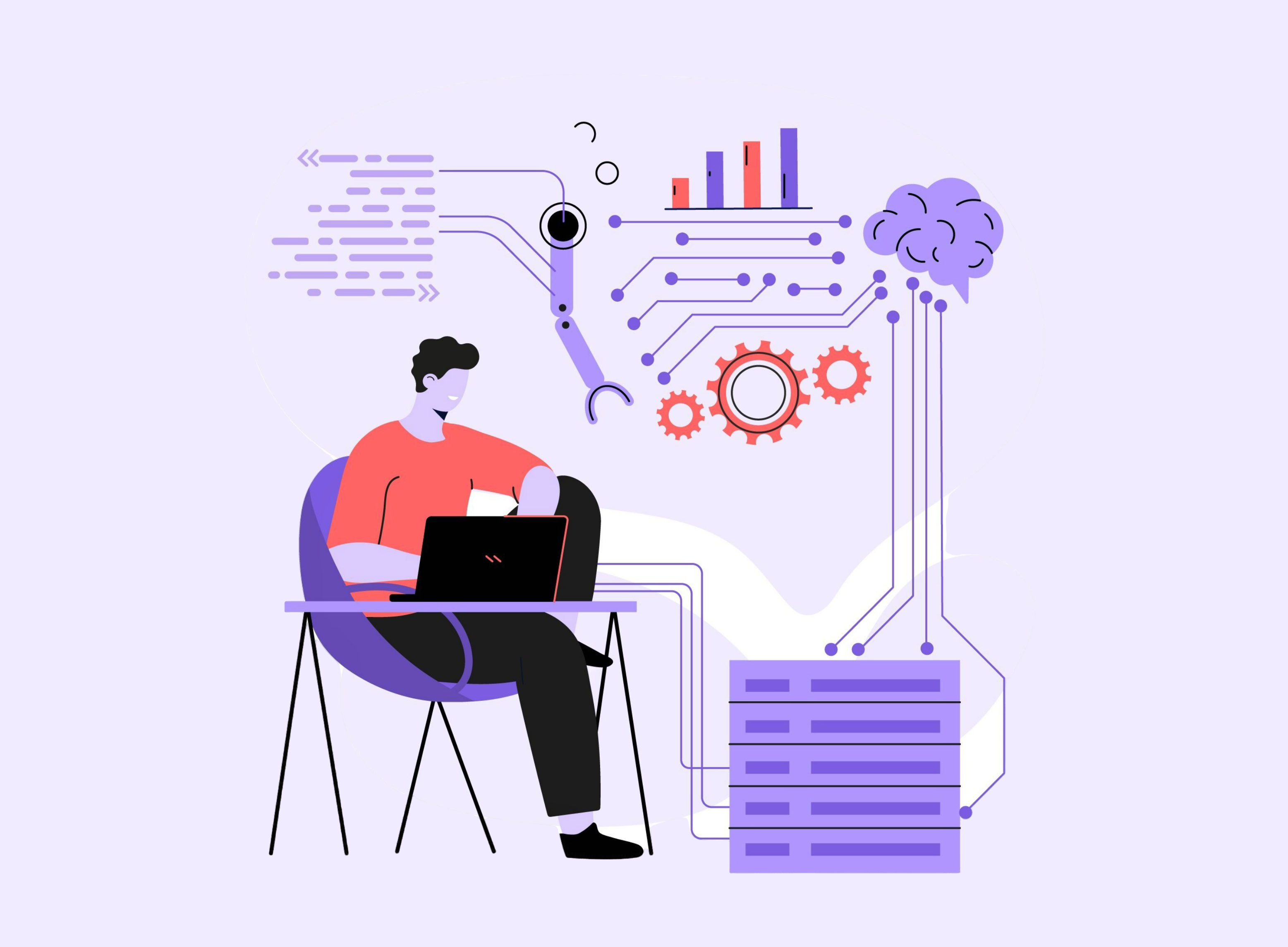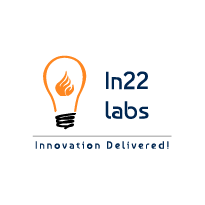Artificial Intelligence
Agentic AI: The Next Evolution in Intelligent Automation

Artificial Intelligence (AI) has come a long way from rule-based systems to advanced generative models that can produce human-like content. But AI is now taking a step further with Agentic AI—a paradigm that combines the adaptability of Large Language Models (LLMs) with the precision of traditional programming. Unlike passive AI models, agentic AI demonstrates autonomy by making decisions, executing tasks, and adapting to changing conditions without constant human intervention.
What is Agentic AI?
Agentic AI refers to AI systems capable of autonomously performing tasks, designing workflows, and making real-time decisions based on their understanding of the environment. These AI agents go beyond responding to queries—they actively interact with external systems, learn from feedback, and continuously optimize processes.
Unlike traditional chatbots or generative AI, which primarily generate responses, agentic AI orchestrates multiple agents that work together to complete complex workflows. This enables businesses to automate high-level decision-making, customer interactions, and process optimization with minimal human oversight.
How Does Agentic AI Work?
Agentic AI operates by integrating multiple components:
1. Language Understanding – Interprets and processes natural language inputs
2. Decision-Making – Analyzes context and determines the best course of action
3. Task Execution – Uses APIs, IoT devices, and external systems to perform actions
4. Learning & Adaptation – Continuously refines performance based on feedback
For example, in customer service, an agentic AI system can:
✅ Understand a customer’s complaint about a delayed order
✅ Access real-time logistics data to track shipments
✅ Identify potential delivery issues and initiate corrective actions
✅ Communicate updates to the customer automatically
✅ Reschedule deliveries without human intervention
This end-to-end automation represents a significant leap beyond traditional AI assistants, which typically require human intervention at multiple steps.
Agentic AI vs. Generative AI: Key Differences
While both Agentic AI and Generative AI are advanced forms of AI, they serve different purposes:
| Agentic AI | Generative AI | |
| Core Function | Autonomous decision-making & task execution | Content creation (text, images, code, etc.) |
| Capabilities | Plans, executes, and adapts workflows | Generates human-like content based on patterns |
| Learning | Improves by interacting with external systems and real-time data | Learns from static datasets and fine-tuning |
| Interaction | Uses APIs, databases, and external tools for automation | Primarily interacts through chat-based prompts |
| Use Cases | Customer service automation, business process optimization, healthcare monitoring | Text generation, image creation, coding assistance |
While generative AI focuses on producing creative outputs, agentic AI extends its reach by autonomously acting on information, making it an ideal solution for process automation and decision-making.
Why Agentic AI is the Future of AI-Driven Workflows
1. Combining Flexibility with Precision
LLMs provide flexibility in understanding user intent, while agentic AI ensures precise execution through rule-based logic. This hybrid approach allows businesses to automate complex tasks while maintaining accuracy.
2. Real-Time Decision-Making
Unlike generative AI, which relies on static training data, agentic AI can fetch real-time data, analyze live inputs, and update its responses accordingly. This makes it ideal for dynamic environments like finance, healthcare, and customer service.
3. Autonomous and Self-Improving
Agentic AI doesn’t just generate responses—it executes workflows, learns from interactions, and refines its approach over time. This autonomy enables organizations to reduce manual workload while enhancing operational efficiency.
4. Intuitive User Experience
With agentic AI, employees can interact with complex systems using natural language rather than navigating through multiple software interfaces. This makes AI-powered automation more accessible across different industries.
Final Thoughts
As AI continues to evolve, agentic AI is shaping up to be the next big innovation—bringing together automation, intelligence, and real-time decision-making. While generative AI remains valuable for content creation, the future belongs to AI systems that can not only think but also act.
Businesses looking to scale automation, enhance decision-making, and streamline processes should explore the potential of agentic AI-powered solutions. The shift from passive AI to agentic AI is not just an upgrade—it’s a transformation.
Tags
Written by
Amit Siddharth
Published on
25 February 2025






